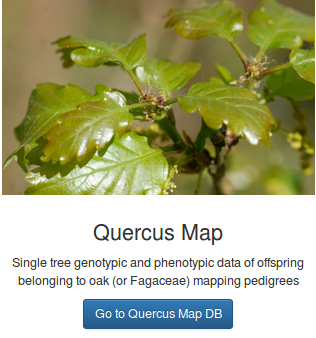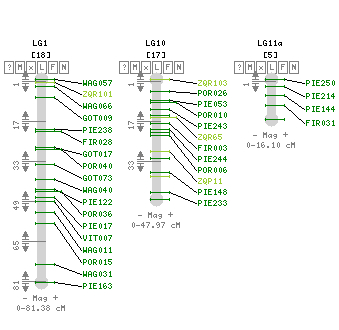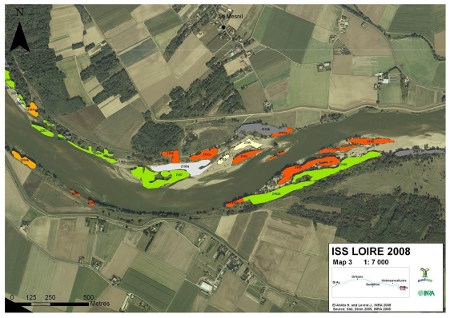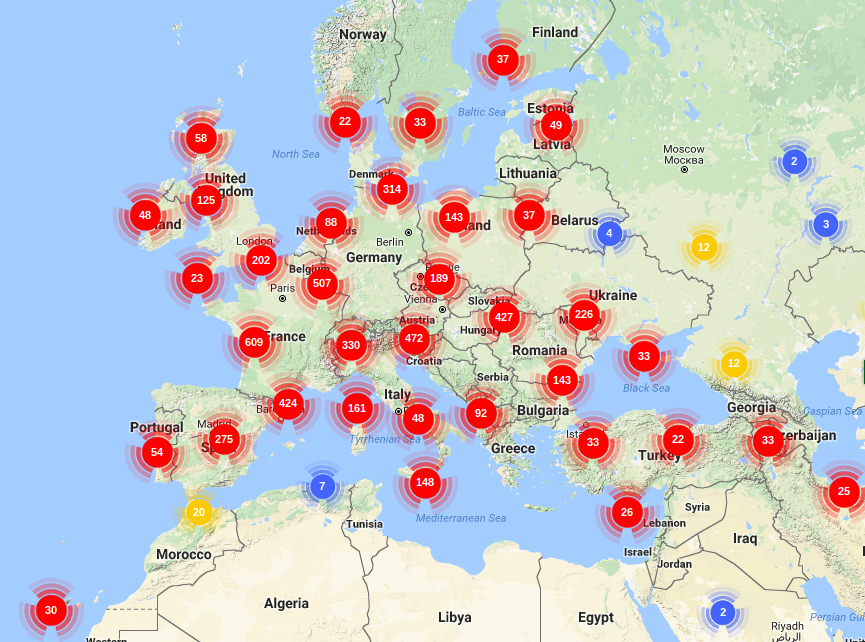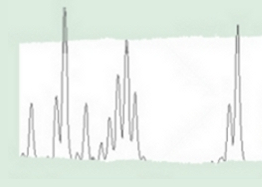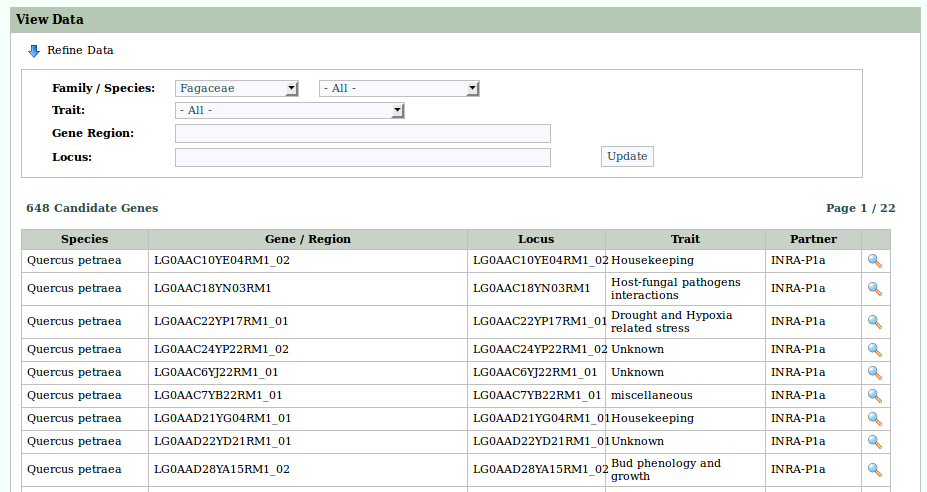MECHANISMS OF ADAPTATION TO CLIMATE CHANGE
MECC : Mechanisms of adaptation to Climate Change: how will phenotypic plasticity, microevolution and migration affect forest trees phenology ?
Funded by ANR
01 February 2014 to 31 January 2018
Partner labs: UMR ISEM (Montpellier-France), UMR CEFE (Montpellier-France), UMR BIOGECO (Bordeaux-France), UR URFM (Avignon-France), UR BIOSP (Avignon-France)
Coordinator: Isabelle Chuine isabelle.chuine@cefe.cnrs.fr, Ophélie Ronce ophelie.ronce@univ-montp2.fr
Executive summary
Even if greenhouse gas emissions decrease in the next decades, rapid change in temperature and rainfall will occur, with long-term implications for the viability of ecosystems and their services. A major scientific challenge is thus to predict the adaptation of natural populations to this changing world in terms of migration, plasticity, and genetic change. Models predicting explicitly the impacts of climate change on biodiversity rarely incorporate any of these mechanisms of adaptation.
In this project, we aim at studying the interplay of the three above mechanisms to describe and forecast adaptation of forest trees to climate change. More specifically, we want to:
- evaluate the adaptive value of phenotypic plasticity in current and future climates at different spatial and temporal scales
- understand how microevolution in interaction with phenotypic plasticity and gene flow shape phenotypic variation, as well as predict how these three mechanisms of adaptation would act on phenotypic variation in the future
- use our increased understanding of phenotypic variation in time and space and its dynamics to better predict current and future species distribution under several scenarios of climate change.
We will focus on bud burst, taking advantage of well-adjusted process-based phenological models predicting its date of occurrence as a function of temperature and photoperiod. The originality of our project lies in:
- integrating different adaptation mechanisms in ecological forecasts of climate change, which has only rarely been attempted
- studying the interaction between these different mechanisms of adaptation
- combining different types of modeling approaches and observations to both explore and predict the adaptive challenges and responses of tree populations experiencing climate changes
Results will:
- provide answers to fundamental questions about the evolution and adaptive value of phenotypic plasticity in variable environments
- scenarios of range shift of forest tree species integrating adaptation processes and
- recommendations for forestry practices to manage the adaptive potential of forest tree species

